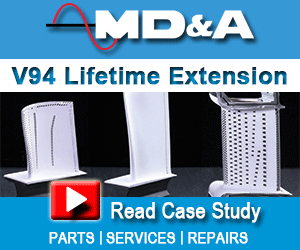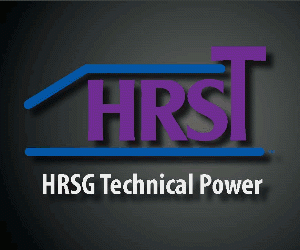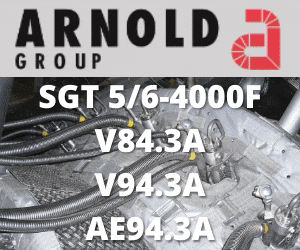During the QA/QC Roundtable at the Combined Cycle Users Group’s 2021 virtual conference, led by steering-committee members Jonathan Miller, maintenance manager at Cleco’s Arcadia Power Station, and Ben Stanley, plant manager of DGC Operations’ CPV Valley Energy Center, the facilitators conducted two polls.
When asked if their facility had a formal plan for welding contractor QA/QC, 13.4% of the audience said “yes,” 14.2% said “no”; the others did not answer. When asked if they used a third-party QA/QC service to monitor contractors, 16.4% said “yes,” 11.9% said “no,” and 71.6% did not answer. However, since there were about 140 attendees at that point, more than one quarter did respond, so the sample size isn’t trivial.
Quotes from the audience suggest those who answered in the negative to both questions may wish to get their leadership to reconsider the value of having a formal QA/QC plan:
-
- “We’ve found valves welded in backwards!”
- “Our sites have often had 100% dropouts of ‘certified’ welders who show up but can’t pass a performance test.”
- “We’ve had a contractor cut out equipment even before the appropriate measurements have been made.”
- “The foreman of a contractor crew, on whom we depend for the QA/QC, got Covid, and workers were not following procedures without the foreman’s supervision.”
- We’ve had major problems with failed welds on 12-in. P91 HRSG steam headers.”
The accompanying slides, available to registered users on the Power Users website [link] implied that these aren’t isolated incidents; many plants are suffering from poor weld quality, repeat work at failed weld locations, and general rework. Roundtable leaders suggested having a formal QA/QC oversight process, or making your existing one more robust, with these elements: pre-planning, implementation, and completion/verification (Sidebar).
The details involve mostly common sense—and include the following: verify proper materials are being used and include drawings and manufacturers’ data report on pressure vessels (U1A form) during preplan; verify contractor welding procedure specifications (WPS), work breakdown structures (WBS), and procedure qualification records (PQR) during implementation phase; and review NDE and post-weld heat-treatment reports to verify completed work.
The important thing is to formalize, checklist, and document that the proper steps have been taken and confirmed with written or digital records.
Valuable contributions from audience members included these:
-
- Use a PMI (positive material identification) machine to verify alloys.
- Have stores verify that materials arriving onsite match the materials data sheets before accepting.
- Check transmitters from overseas for cybersecurity issues.
- Require that plans be developed in collaboration between contractors and site personnel to ensure that scope of work is aligned.
- Consider either hiring a third-party QA/QC contractor or certifying one of the site staff for this function, increasing their compensation if necessary.
A representative from one of the largest combined-cycle owner/operators noted that his company pre-tests all welders coming onsite even though they have certifications. The weld performance tests include a plate test, a bend test, a monster or super coupon test, and a coupon-9Cr wire test. Regarding the last, the rep said that welders might be qualified on carbon steel but not higher-alloy materials. He said, “9Cr material flows much faster and easier.





